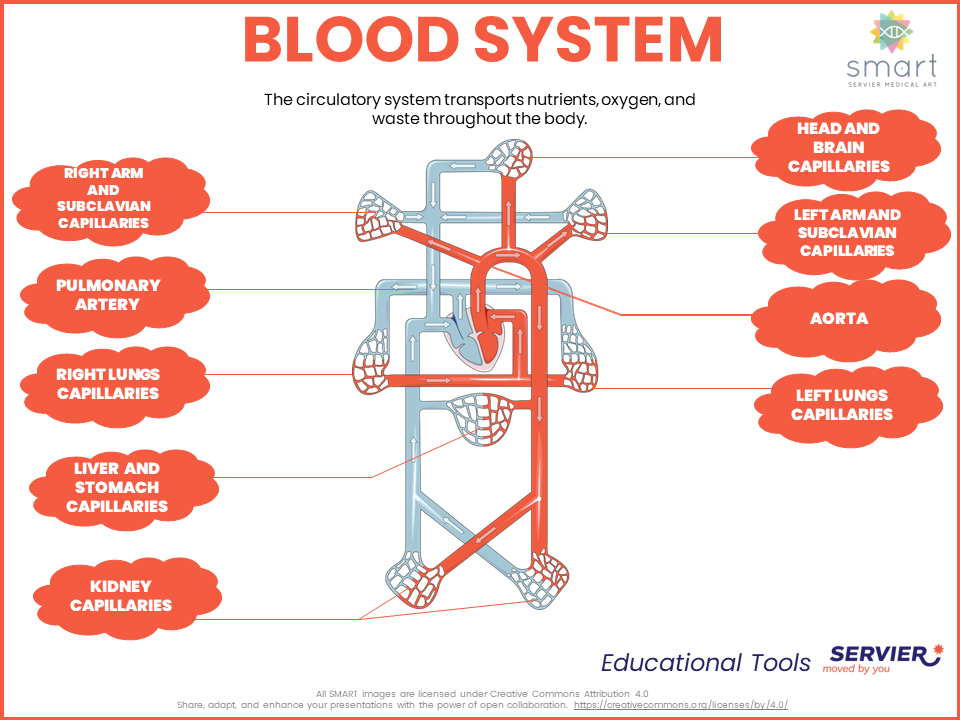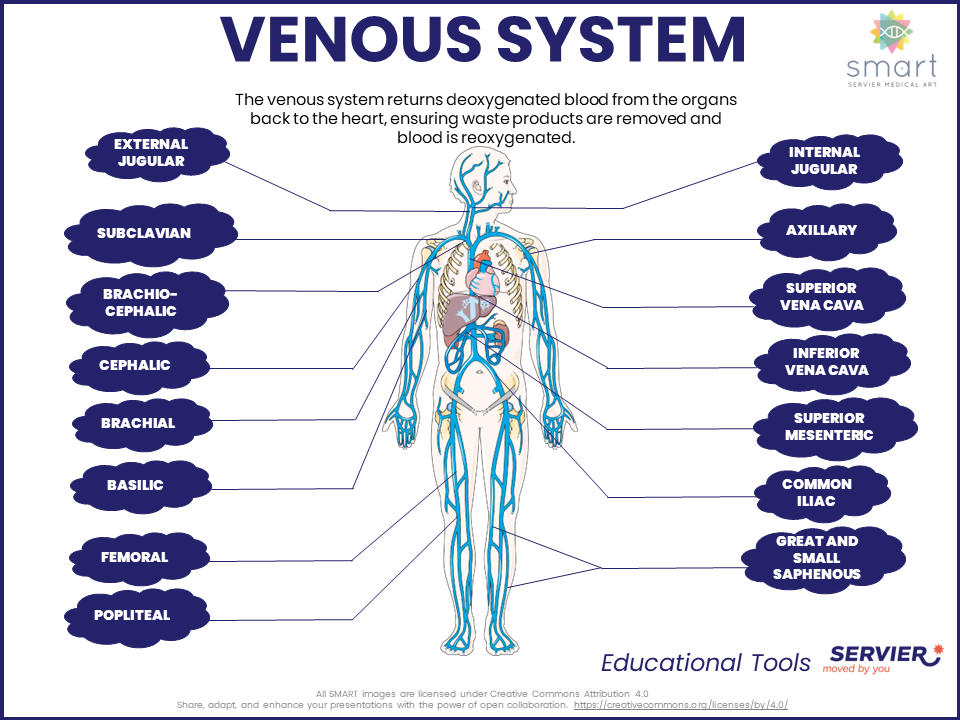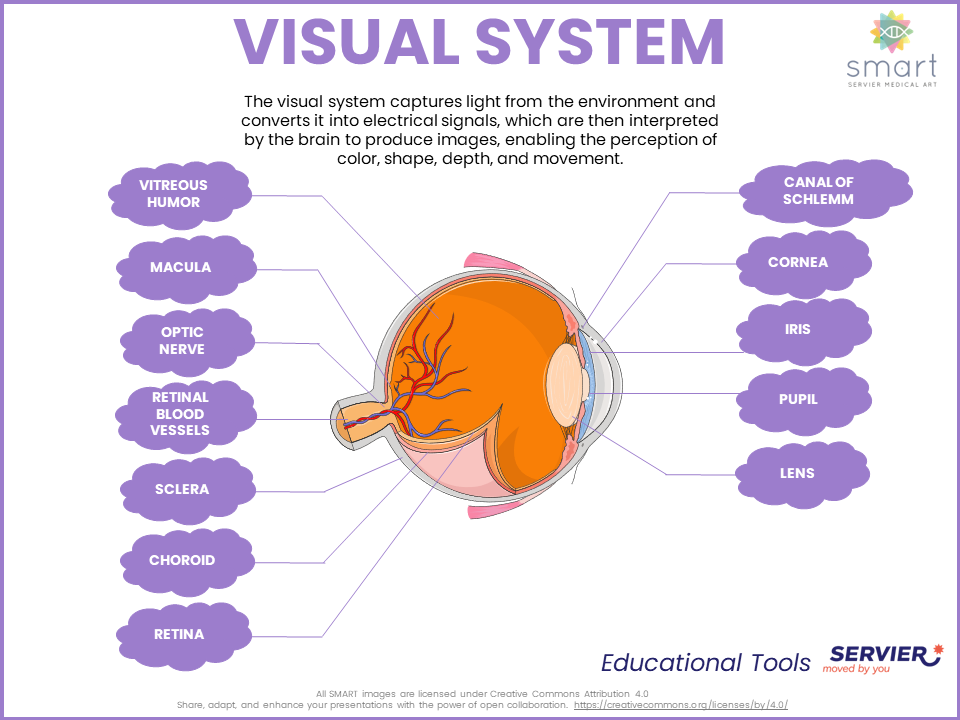Educational Tools
Servier Medical Art’s Educational Tools category optimizes teaching by using simple visual aids to give students a deep understanding of key concepts.
Test your scientific knowledge with our interactive Quiz!
Welcome to our Educational Tools section, designed to enhance learning and teaching for middle school, high school, and university students.
- Explore our collection of detailed anatomical chart images, each clickable for easy enlargement and close examination. Accompanying legends provide precise descriptions to deepen your understanding of anatomical concepts.
- For added flexibility, each chart is downloadable in PowerPoint format. Simply click on the top-left icon of each chart image to download.
- Feel free to customize, arrange, and reorganize the charts. Click here to watch a demo video. You can use, adapt, and share these images as long as you credit Servier Medical Art under the CC BY 4.0 license. Learn more about the usage rights here.
Filter charts ()
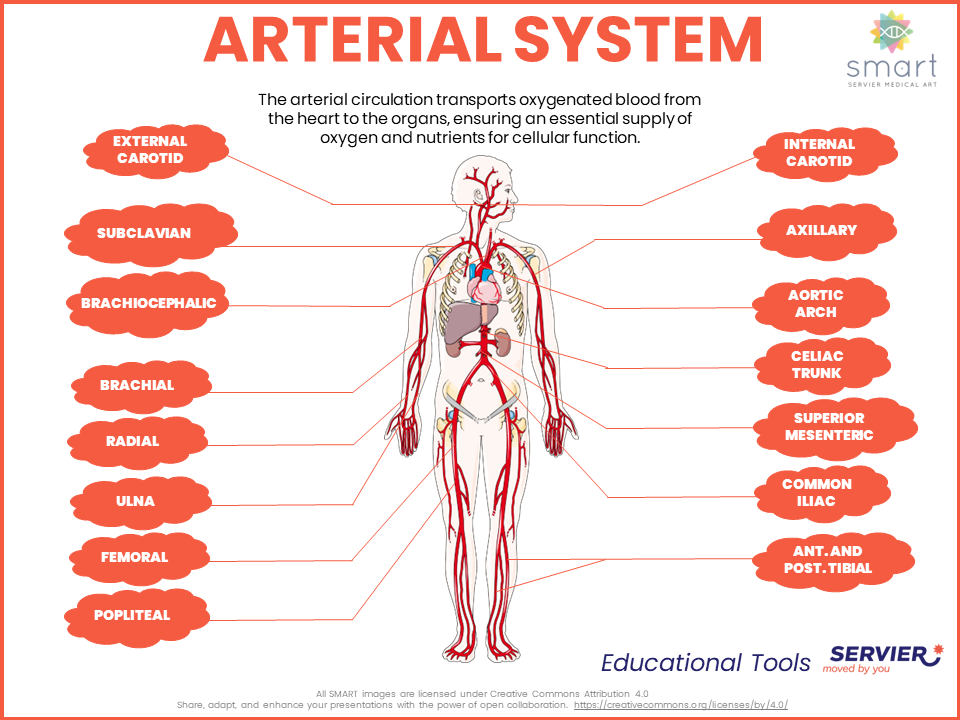
Arterial Circulation
The arterial circulation transports oxygenated blood from the heart to the organs, ensuring an essential supply of oxygen and nutrients for cellular function.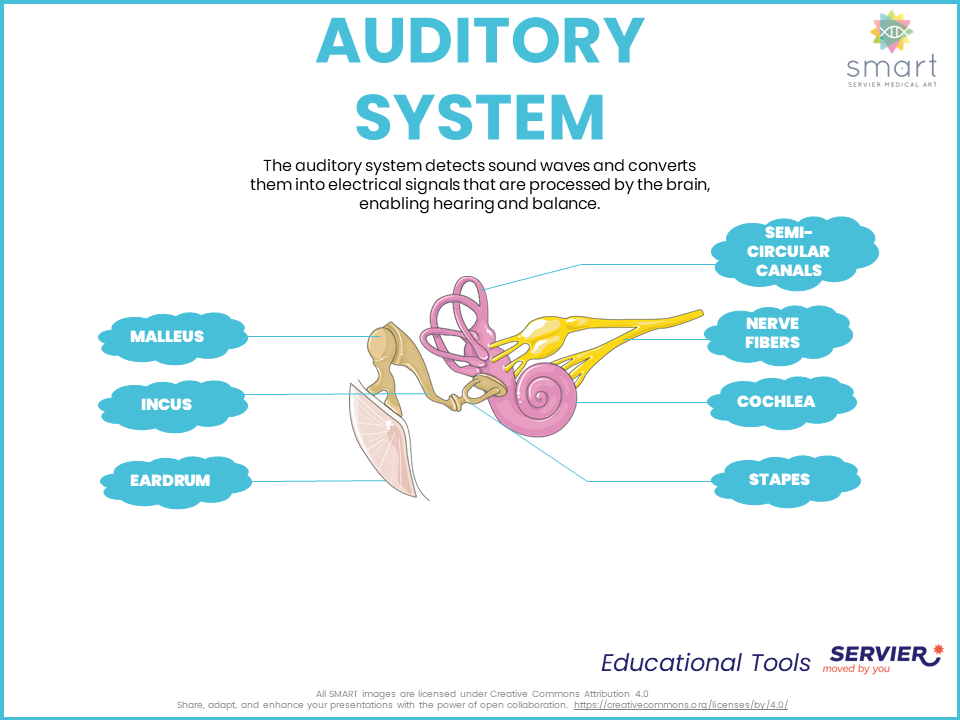
Auditory System
The auditory system detects sound waves and converts them into electrical signals that are processed by the brain, enabling hearing and balance.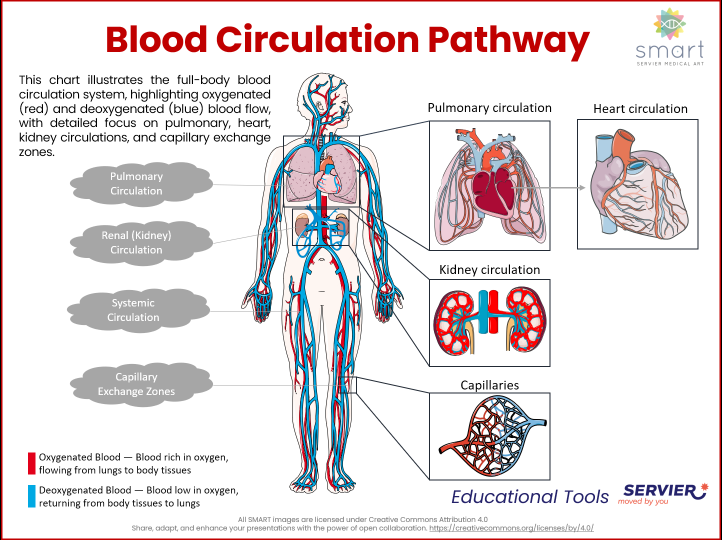
Blood Circulation Pathway
This chart illustrates the full-body blood circulation system, highlighting oxygenated (red) and deoxygenated (blue) blood flow, with detailed focus on pulmonary, heart, kidney circulations, and capillary exchange zones.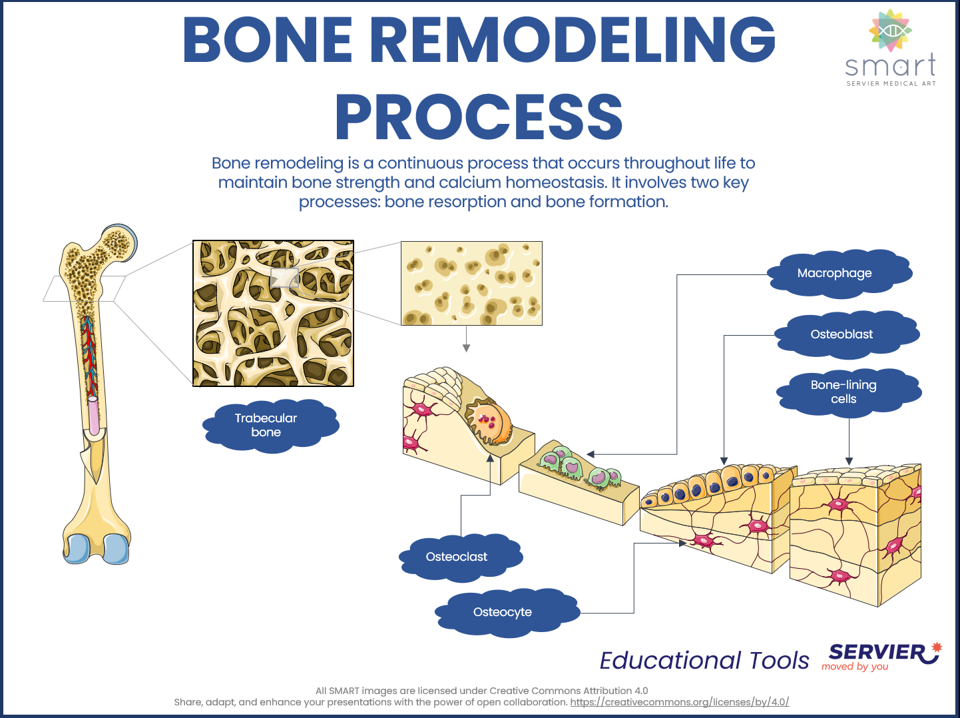
Bone Remodeling Process
Bone remodeling is a continuous process that occurs throughout life to maintain bone strength and calcium homeostasis. It involves two key processes: bone resorption and bone formation.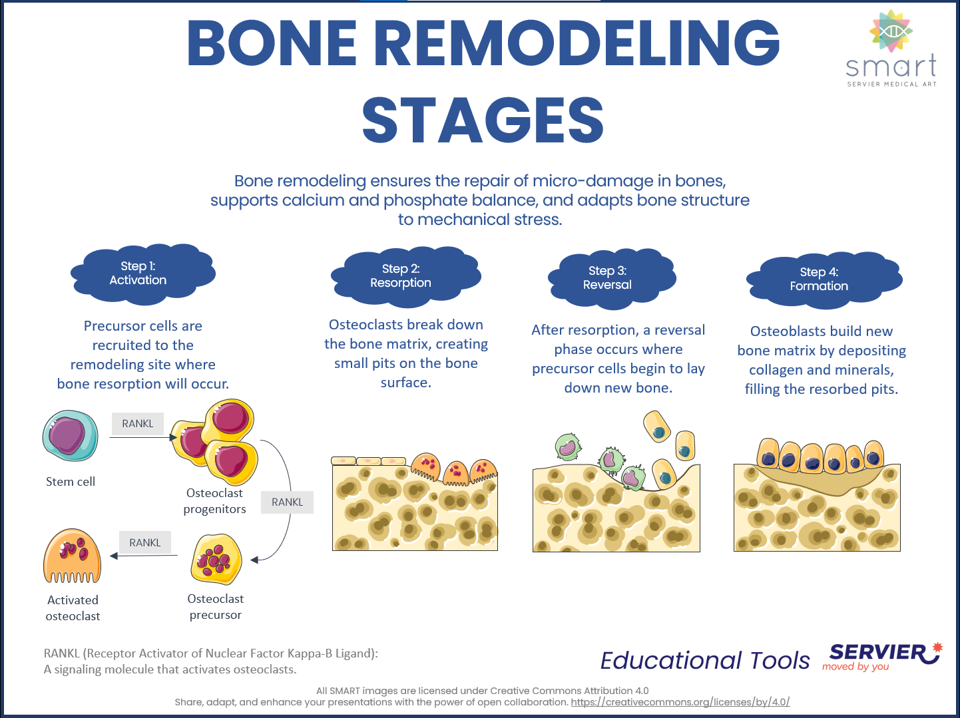
Bone Remodeling Stages
Bone remodeling ensures the repair of micro-damage in bones, supports calcium and phosphate balance, and adapts bone structure to mechanical stress.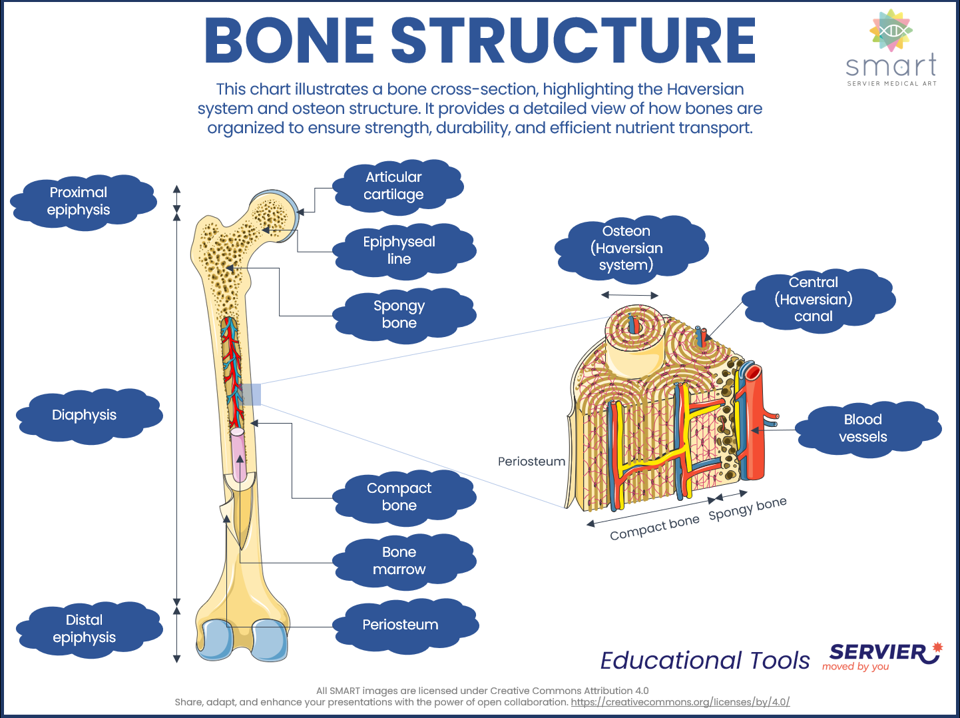
Bone Structure
This chart illustrates a bone cross-section, highlighting the Haversian system and osteon structure. It provides a detailed view of how bones are organized to ensure strength, durability, and efficient nutrient transport.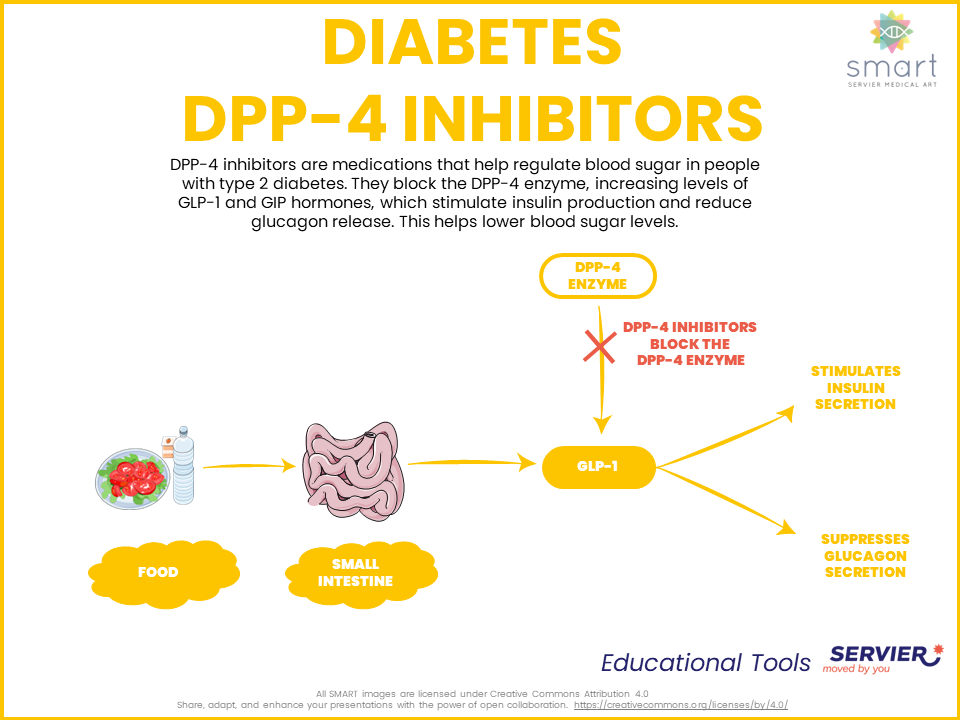
DPP-4 Inhibitors
DPP-4 inhibitors are medications that help regulate blood sugar in people with type 2 diabetes. They block the DPP-4 enzyme, increasing levels of GLP-1 and GIP hormones, which stimulate insulin production and reduce glucagon release. This helps lower blood sugar levels.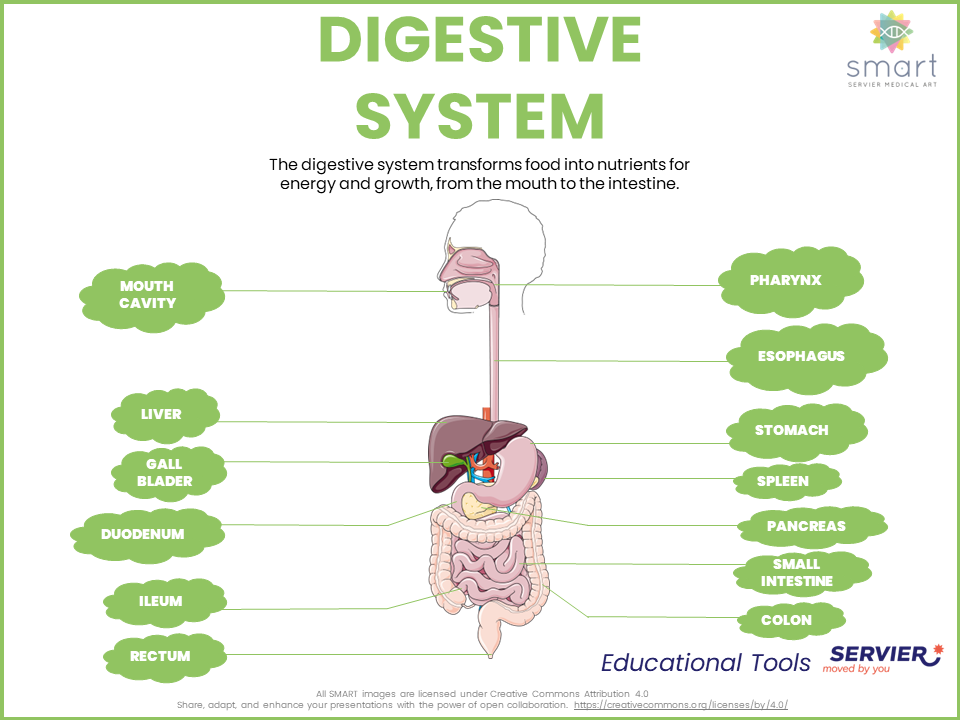
Digestive System
The digestive system transforms food into nutrients for energy and growth, from the mouth to the intestine.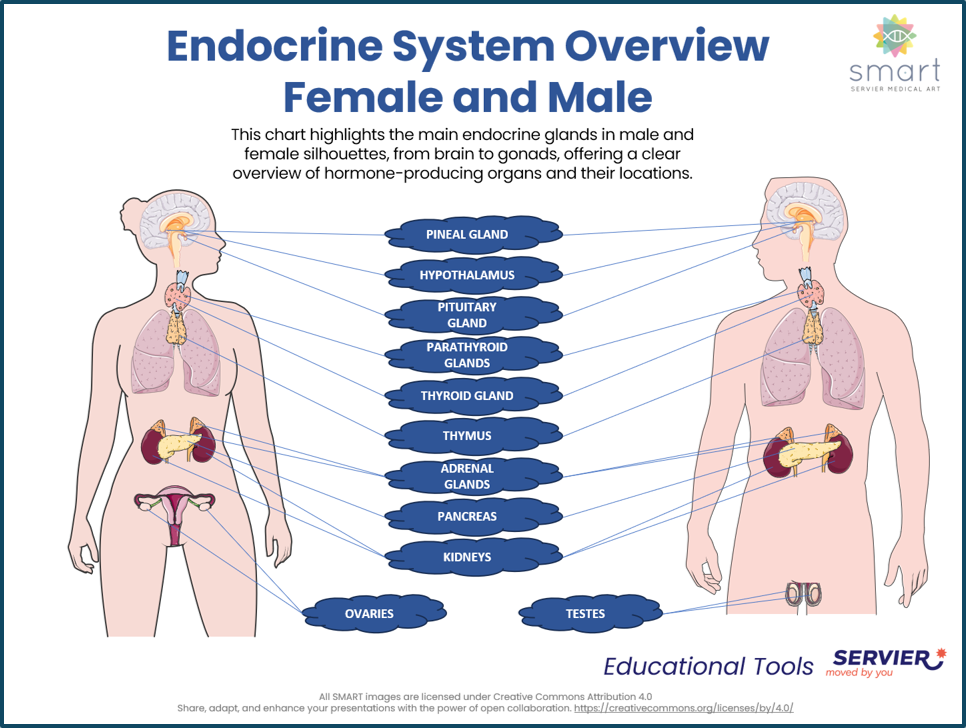
Endocrine System Overview Female and Male
This chart highlights the main endocrine glands in male and female silhouettes, from brain to gonads, offering a clear overview of hormone-producing organs and their locations.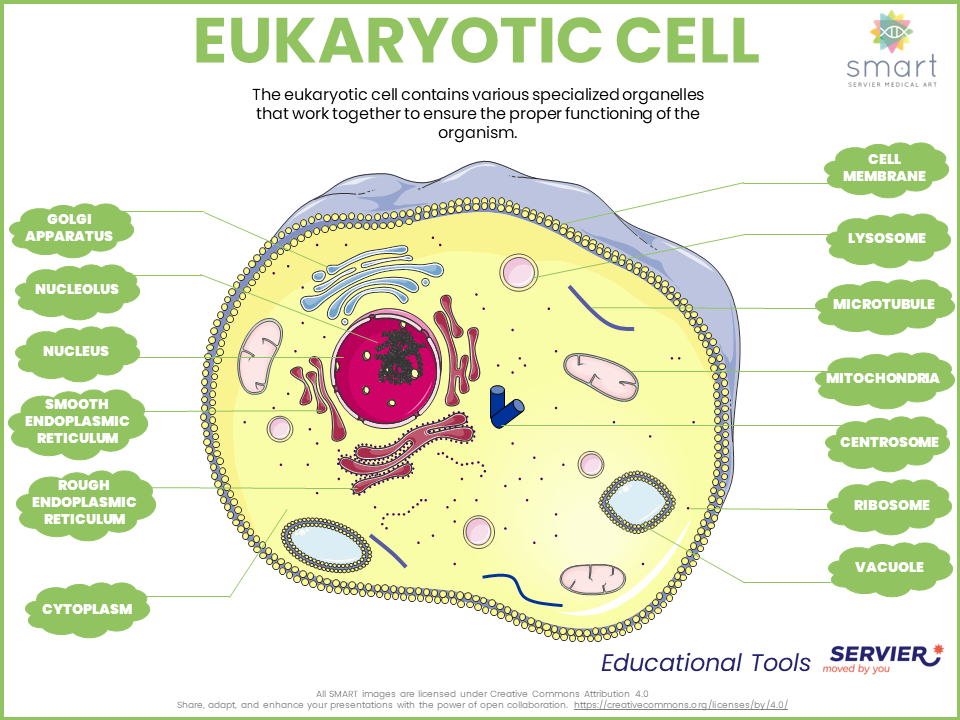
Eukaryotic Cell
The eukaryotic cell contains various specialized organelles that work together to ensure the proper functioning of the organism.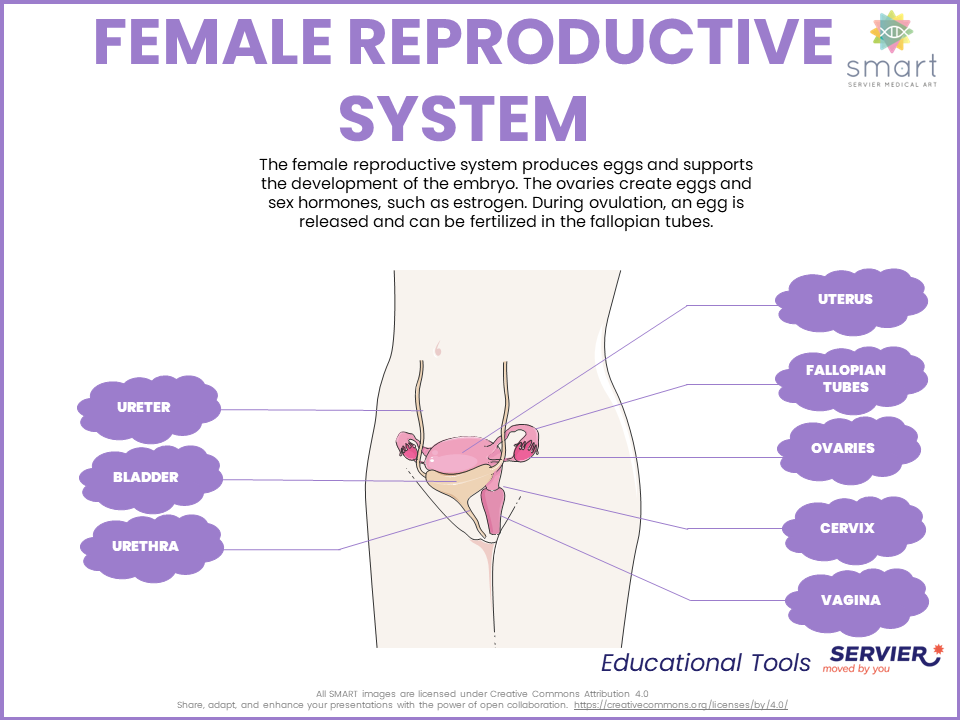
Female Reproductive System
The female reproductive system produces eggs and supports the development of the embryo. The ovaries create eggs and sex hormones, such as estrogen. During ovulation, an egg is released and can be fertilized in the fallopian tubes.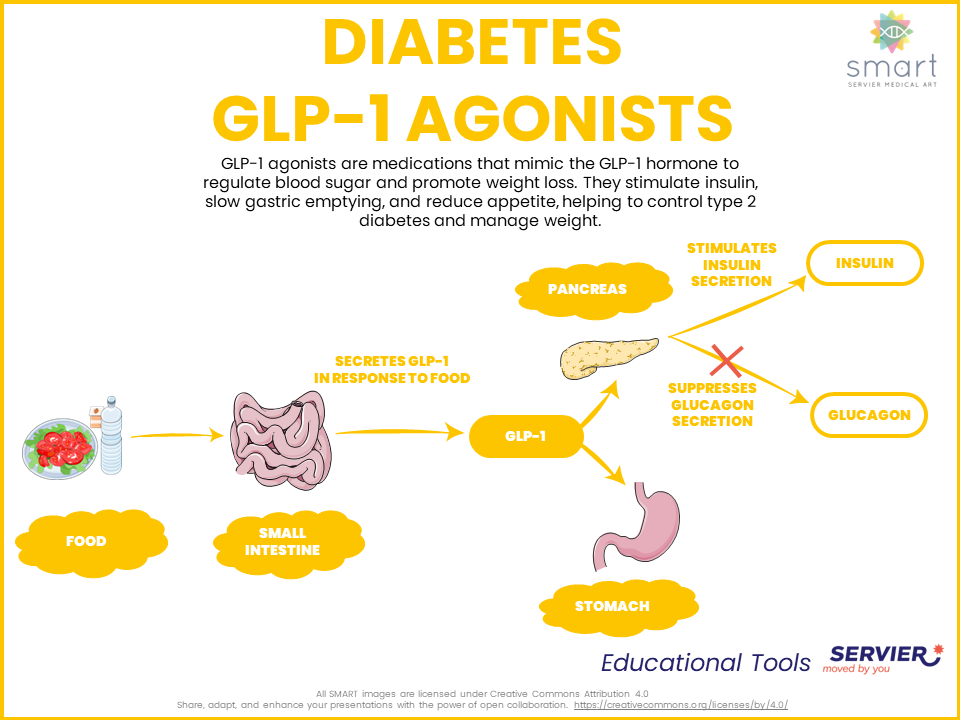
GLP-1 Agonists
GLP-1 agonists are medications that mimic the GLP-1 hormone to regulate blood sugar and promote weight loss. They stimulate insulin, slow gastric emptying, and reduce appetite, helping to control type 2 diabetes and manage weight.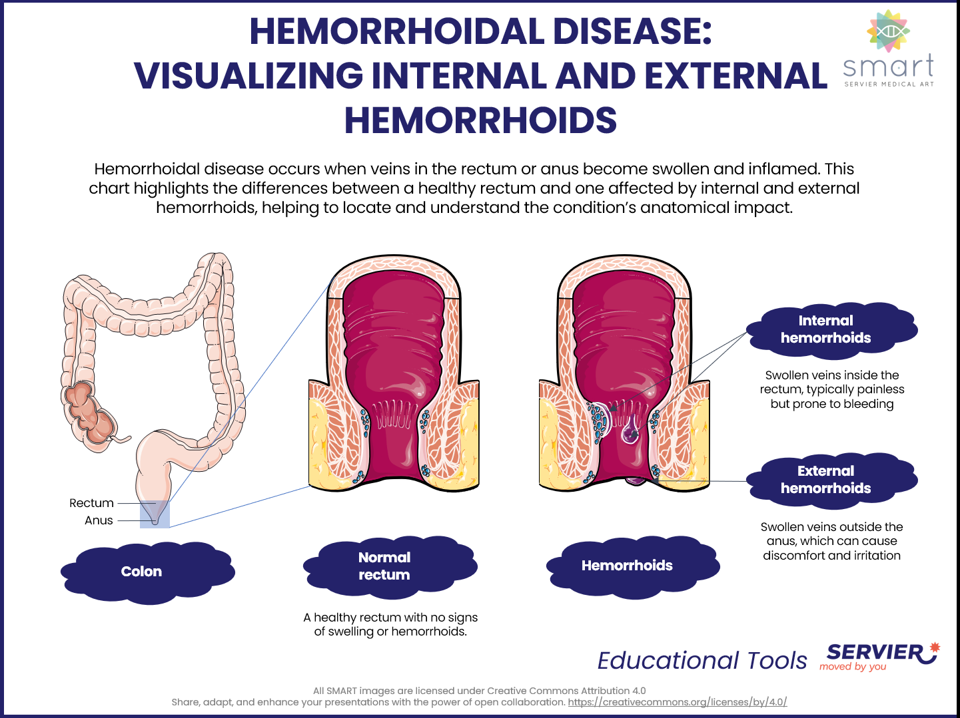
Hemorrhoidal Disease
Hemorrhoidal disease occurs when veins in the rectum or anus become swollen and inflamed. This chart highlights the differences between a healthy rectum and one affected by internal and external hemorrhoids, helping to locate and understand the condition’s anatomical impact.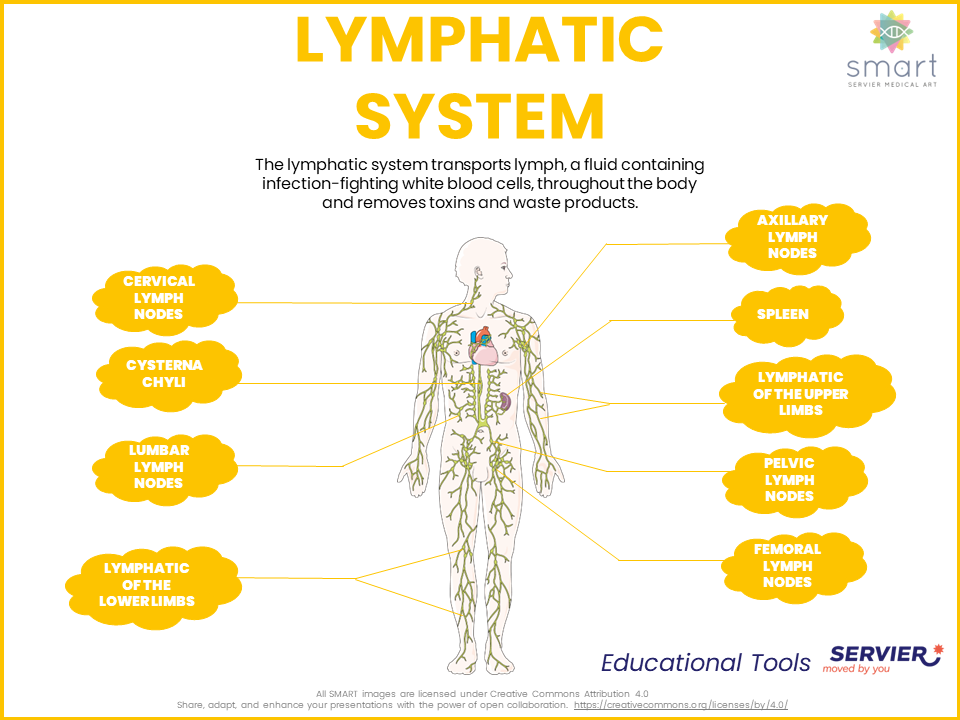
Lymphatic Circulation
The lymphatic system transports lymph, a fluid containing infection-fighting white blood cells, throughout the body and removes toxins and waste products.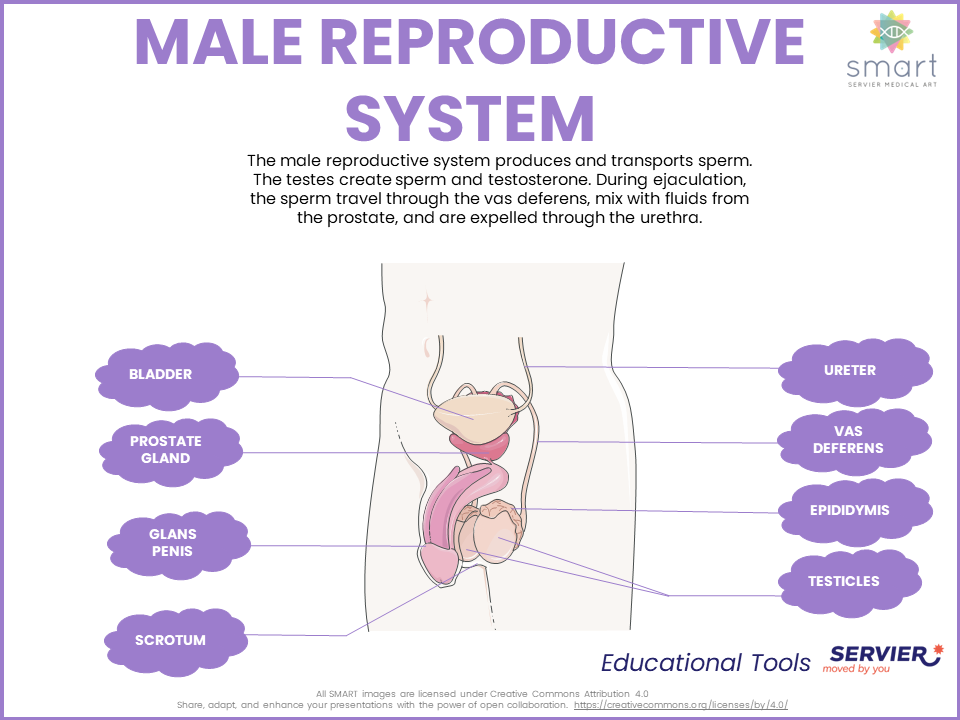
Male Reproductive System
The male reproductive system produces and transports sperm. The testes create sperm and testosterone. During ejaculation, the sperm travel through the vas deferens, mix with fluids from the prostate, and are expelled through the urethra.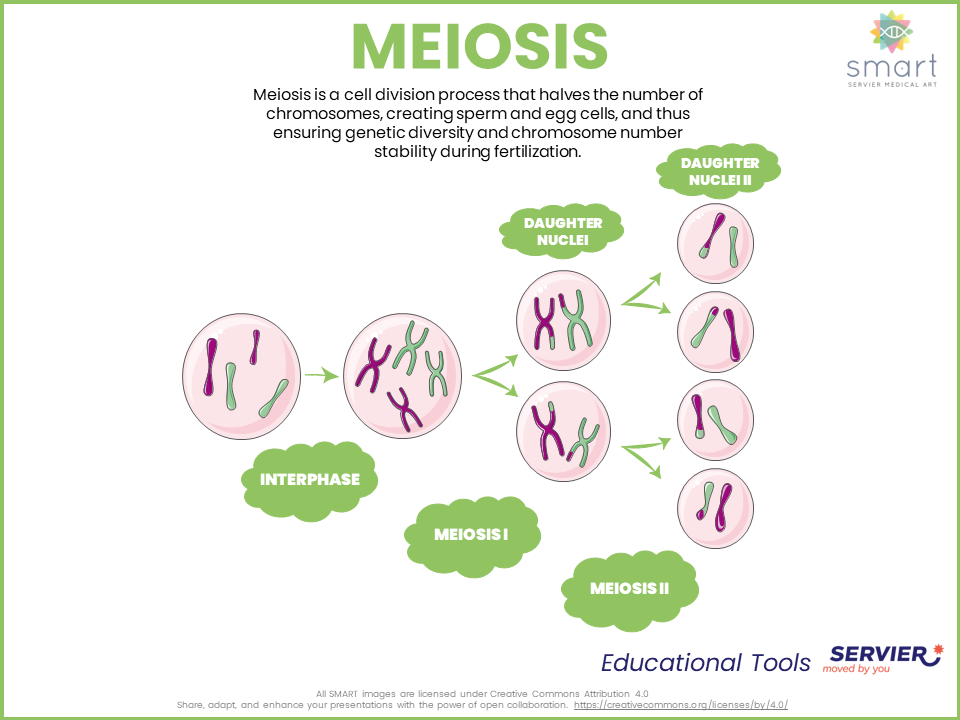
Meiosis
Meiosis is a cell division process that halves the number of chromosomes, creating sperm and egg cells, and thus ensuring genetic diversity and chromosome number stability during fertilization.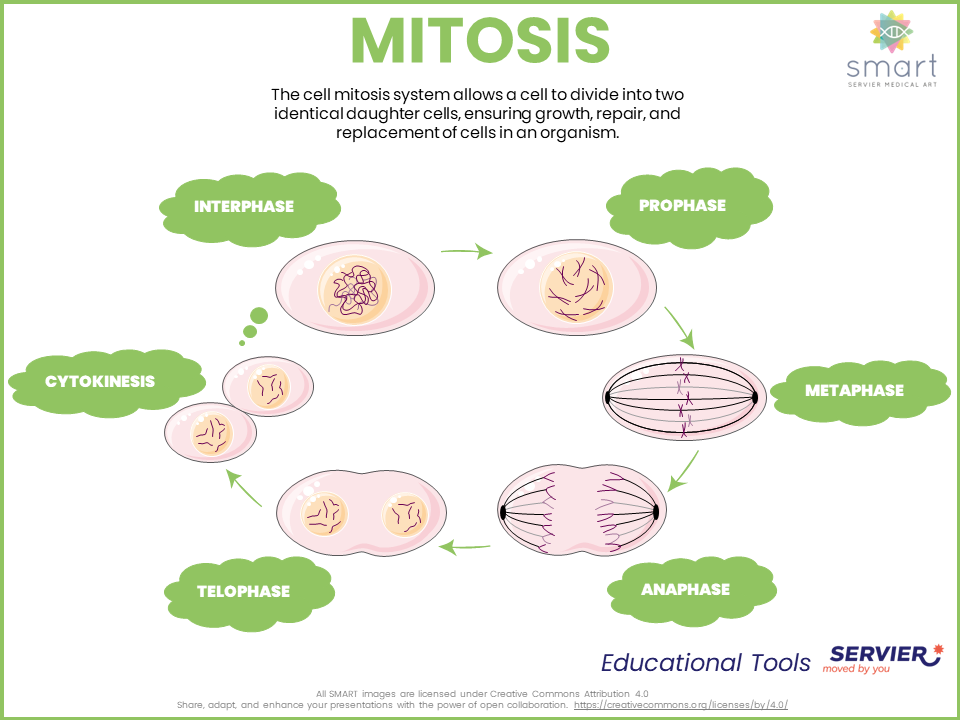
Mitosis
The cell mitosis system allows a cell to divide into two identical daughter cells, ensuring growth, repair, and replacement of cells in an organism.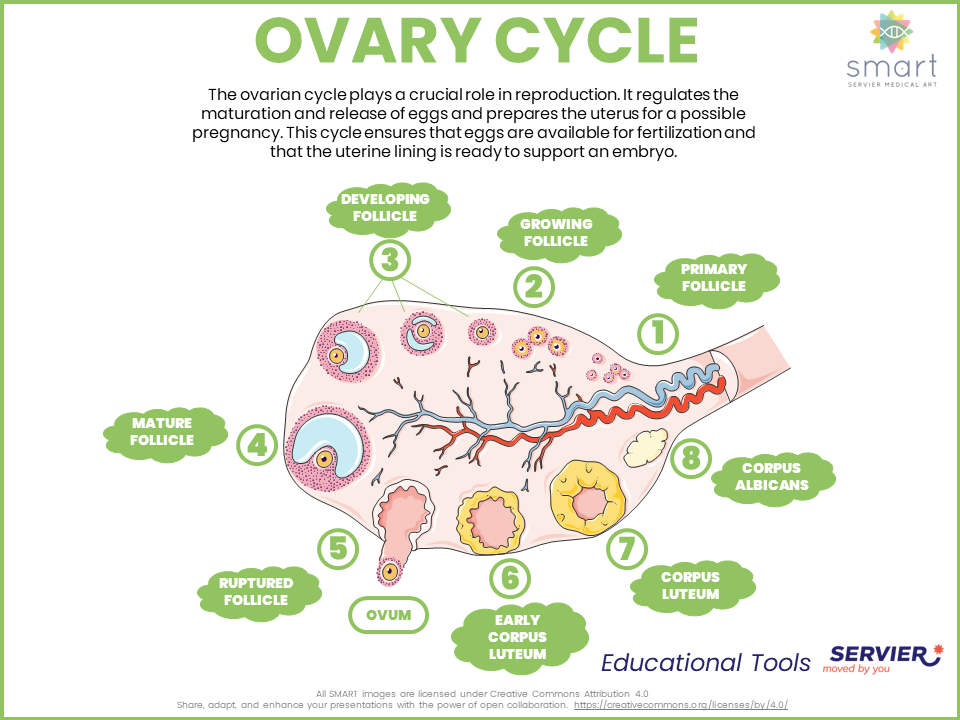
Ovary Cycle
The ovarian cycle plays a crucial role in reproduction. It regulates the maturation and release of eggs and prepares the uterus for a possible pregnancy. This cycle ensures that eggs are available for fertilization and that the uterine lining is ready to support an embryo.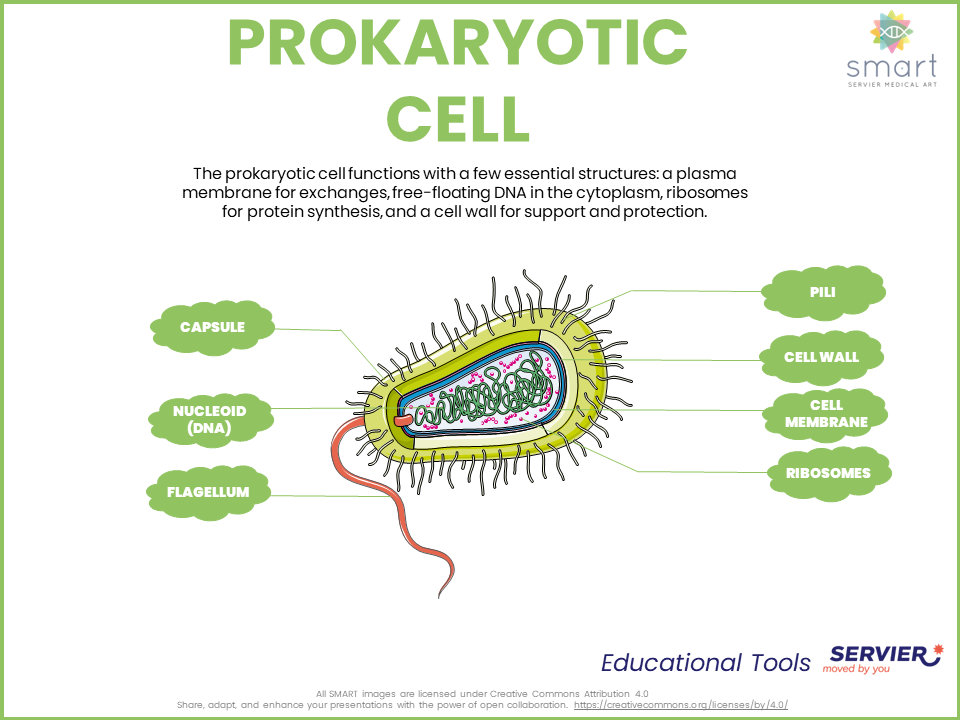
Prokaryotic Cell
The prokaryotic cell functions with a few essential structures: a plasma membrane for exchanges, free-floating DNA in the cytoplasm, ribosomes for protein synthesis, and a cell wall for support and protection.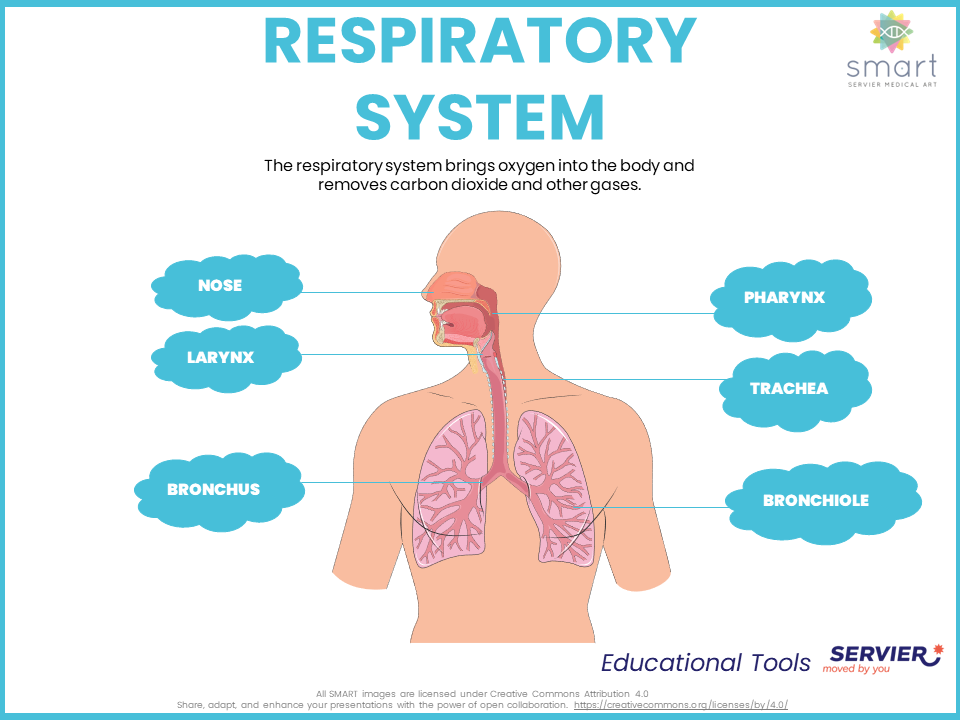
Respiratory System
The respiratory system brings oxygen into the body and removes carbon dioxide and other gases.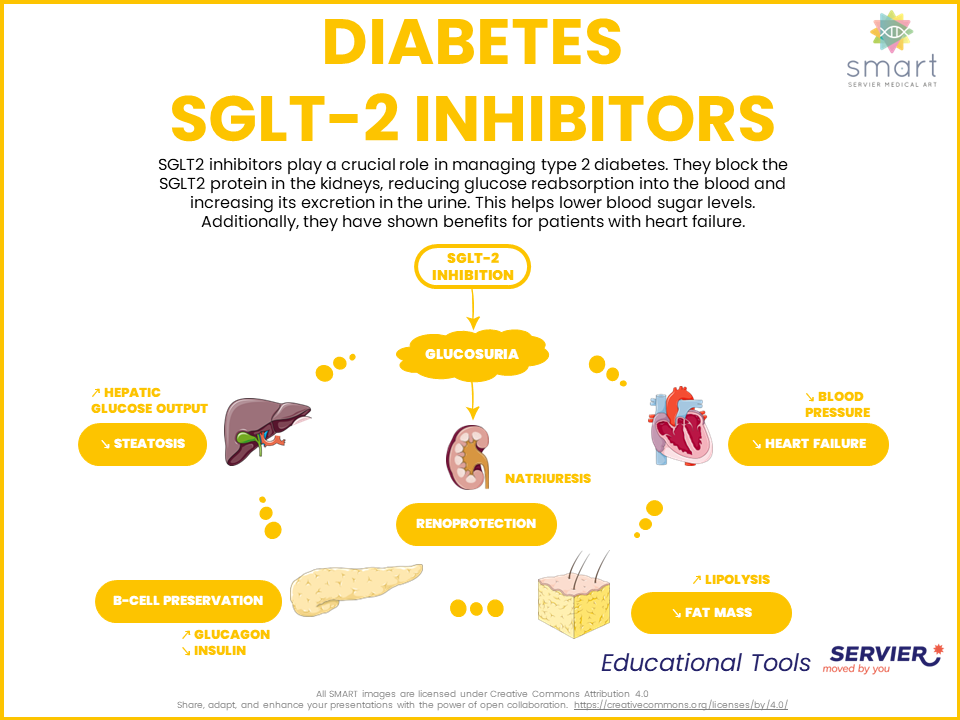
SGLT2 inhibitors
SGLT2 inhibitors play a crucial role in managing type 2 diabetes. They block the SGLT2 protein in the kidneys, reducing glucose reabsorption into the blood and increasing its excretion in the urine. This helps lower blood sugar levels. Additionally, they have shown benefits for patients with heart failure.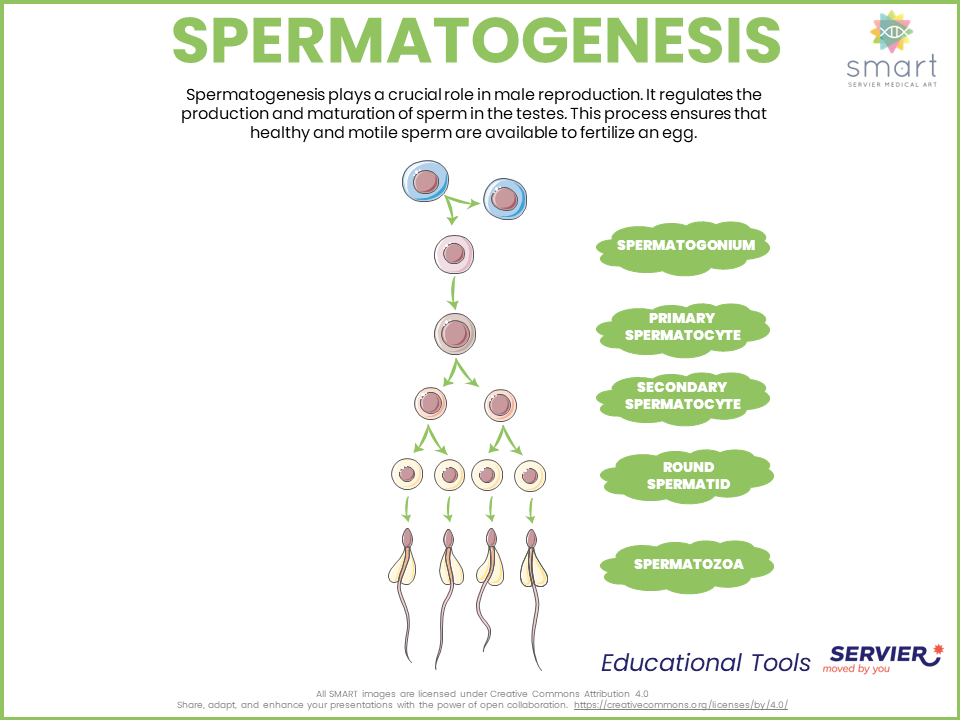
Spermatogenesis
Spermatogenesis plays a crucial role in male reproduction. It regulates the production and maturation of sperm in the testes. This process ensures that healthy and motile sperm are available to fertilize an egg.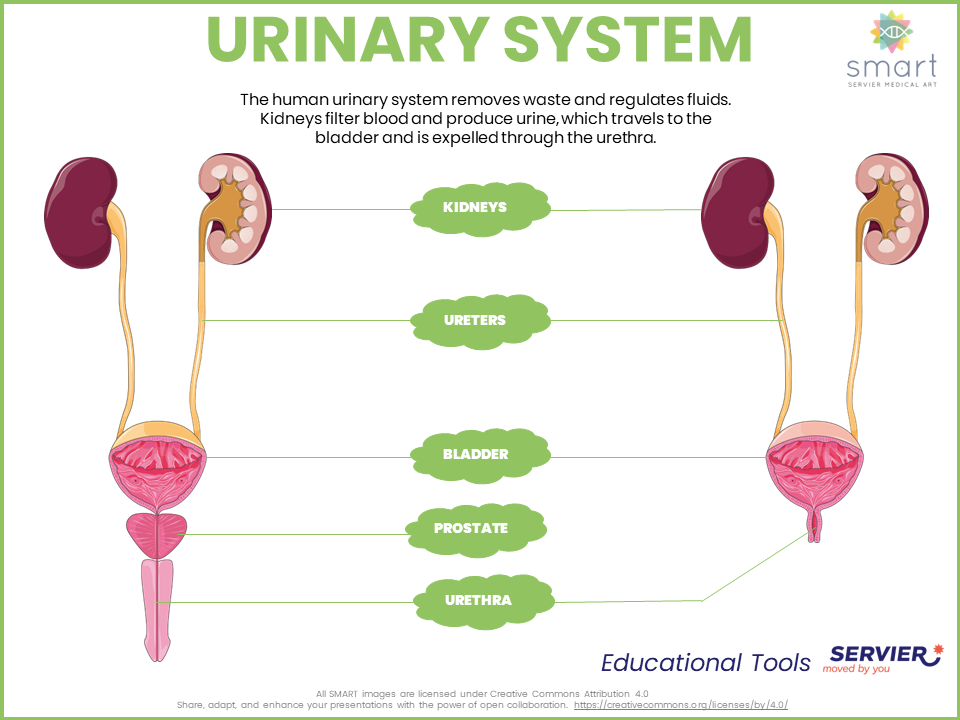
Urinary System
The human urinary system removes waste and regulates fluids. Kidneys filter blood and produce urine, which travels to the bladder and is expelled through the urethra.Test your scientific knowledge with our interactive Quiz!


